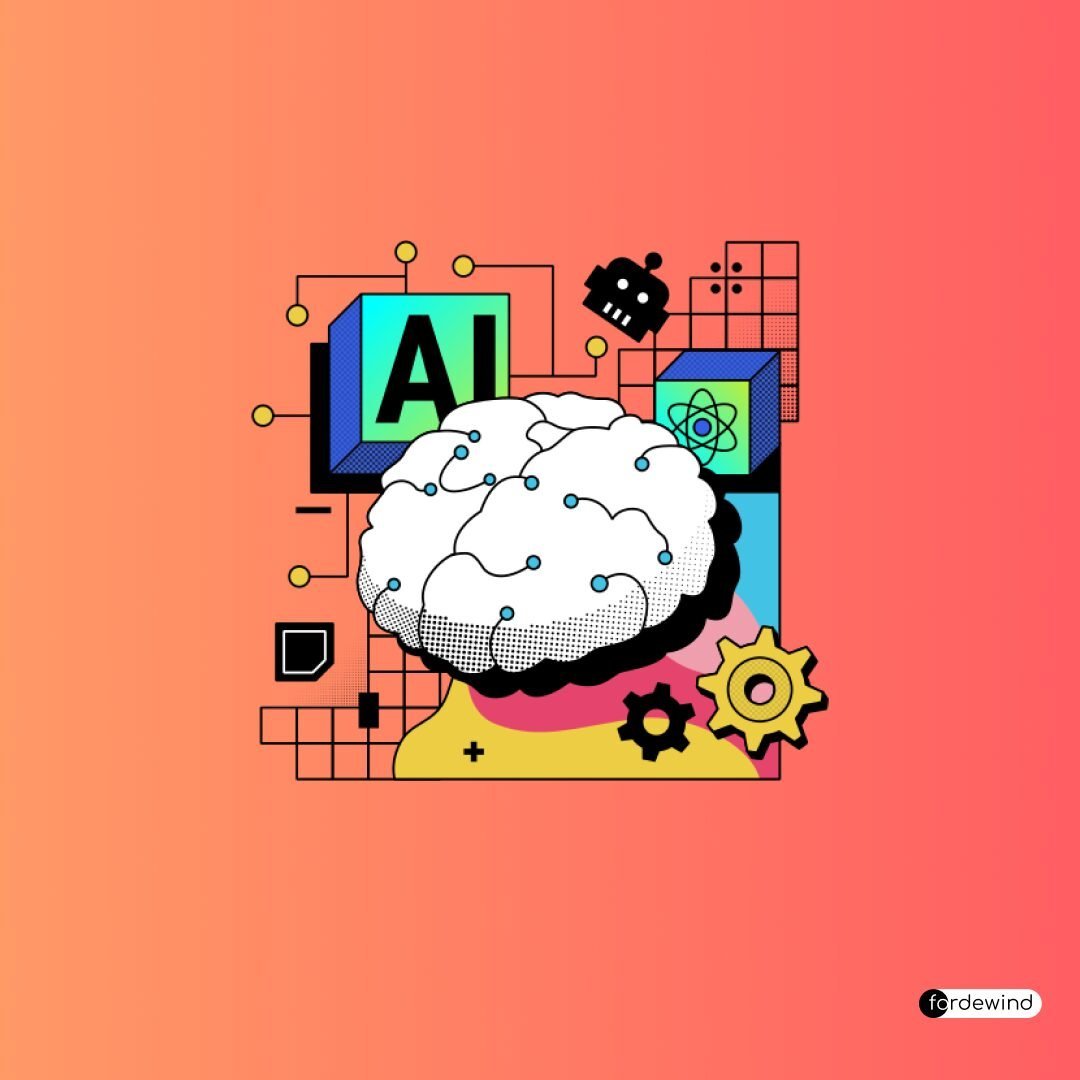✆ + 1-646-235-9076 ⏱ Mon - Fri: 24h/day
Artificial Intelligence and IoT: Revolutionizing Connectivity and Efficiency


Artificial Intelligence (AI) and the Internet of Things (IoT) are two transformative technologies reshaping the modern world.
By integrating AI with IoT, businesses and individuals are experiencing unprecedented levels of efficiency, innovation, and connectivity.
The Convergence of AI and IoT
AI and IoT, while distinct, complement each other in powerful ways. IoT refers to a network of physical objects like devices, vehicles, and appliances. These objects use sensors, software, and other technologies to connect and share data.
AI, by contrast, involves building systems and algorithms that let machines perform tasks requiring human intelligence. These tasks include learning, reasoning, and problem-solving.
When combined, AI and IoT form smart systems that analyze large data sets from sensors and make real-time decisions. This convergence leads to enhanced automation, predictive maintenance, and improved operational efficiency.
Semantically Related Concepts
To fully grasp the impact of AI and IoT, it’s essential to understand several key concepts related to these technologies:
- Virtual Assistants: AI-powered virtual assistants like Siri and Alexa utilize IoT devices to control smart home systems, providing users with seamless voice-activated experiences.
- Business Models: The integration of AI and IoT is driving new business models, such as subscription-based services for connected devices and data-driven decision-making platforms.
- AI Algorithms: AI algorithms play a crucial role in processing and analyzing data from IoT devices, enabling applications like predictive analytics and automated decision-making.
- Supply Chain: AI and IoT are revolutionizing supply chain management by optimizing logistics, inventory management, and demand forecasting through real-time data analysis.
- IoT Platforms: IoT platforms serve as the backbone for connecting and managing IoT devices, while AI enhances these platforms with capabilities like machine learning and data analytics.
- Supervised Learning: Supervised learning algorithms train AI models using labeled data from IoT sensors, improving the accuracy and reliability of predictions and insights.
- Speech Recognition: AI-powered speech recognition enables hands-free control of IoT devices, enhancing user convenience and accessibility.
- Computer Vision: AI’s computer vision capabilities allow IoT devices to interpret and analyze visual data, facilitating applications like surveillance, quality control, and autonomous vehicles ([source](http://techpowerup.com)).
Real-World Applications of AI and IoT
AI and IoT are transforming a wide range of industries, offering innovative solutions and improving existing processes. Some notable applications include:
1. Smart Homes: IoT sensors and AI algorithms create smart home systems that can learn user preferences, optimize energy usage, and enhance security through automation and remote control.
2. Healthcare: IoT devices collect patient data, which AI algorithms analyze to provide personalized treatment plans, monitor vital signs, and predict potential health issues.
3. Manufacturing: AI and IoT enable predictive maintenance, real-time monitoring, and process optimization in manufacturing, leading to reduced downtime and increased productivity ([source](http://retechnology.com)).
4. Agriculture: IoT sensors collect data on soil conditions, weather, and crop health, while AI algorithms analyze this data to optimize irrigation, fertilization, and pest control, resulting in higher yields and sustainable farming practices.
5. Transportation: AI and IoT enhance transportation systems through real-time traffic monitoring, predictive maintenance of vehicles, and the development of autonomous driving technologies ([source](http://mcpressonline.com)).
Challenges and Considerations
While the integration of AI and IoT offers numerous benefits, it also presents several challenges that need to be addressed:
1. Data Privacy and Security: The vast amount of data generated by IoT devices raises concerns about data privacy and security. Ensuring robust encryption, secure data storage, and compliance with regulations is crucial.
2. Interoperability: A diverse range of IoT devices and platforms can lead to compatibility issues. Developing standardized protocols and frameworks is essential for seamless integration.
3. Scalability: As the number of IoT devices grows, managing and processing the data generated becomes increasingly complex. Scalable AI algorithms and cloud-based solutions are needed to handle this data efficiently.
4. Ethical Considerations: The deployment of AI and IoT technologies raises ethical questions about surveillance, job displacement, and decision-making transparency. Addressing these concerns is vital for responsible innovation ([source](http://progressivelawpractice.com)).
Future Prospects of Artificial Intelligence and IoT
The future of AI and IoT is bright, with continuous advancements in both fields driving further innovation. Some emerging trends and developments include:
1. Edge AI: Moving AI processing closer to the data source—at the network’s edge—reduces latency and improves real-time decision-making for IoT applications.
2. AI-Driven IoT Platforms: Developing more sophisticated AI-driven IoT platforms will enhance device management, data analytics, and automation capabilities.
3. 5G Connectivity: The rollout of 5G networks will provide faster, more reliable connectivity for IoT devices, enabling new applications and enhancing existing ones.
4. Narrow AI: Focusing on narrow AI, which excels at specific tasks, will lead to highly specialized AI applications that can solve particular problems more efficiently.
5. AI-Enhanced Cybersecurity: AI algorithms will play a crucial role in detecting and mitigating cyber threats, and protecting IoT devices and networks from malicious attacks ([source](http://globalvision2000.com)).
Conclusion
Integrating artificial intelligence and IoT is revolutionizing how we interact with technology and the world around us. As these technologies continue to evolve, addressing privacy, security, and interoperability challenges will be essential for realizing their full potential. The future promises even more exciting developments, with AI and IoT paving the way for a smarter, more connected world.
Fordewind.io is an IoT engineering and development company based in Kyiv, Ukraine. Our main areas of interest and expertise are the automotive industry and Smart Home/City projects. Contact us right now without a doubt and learn more about how we can help you build the future.